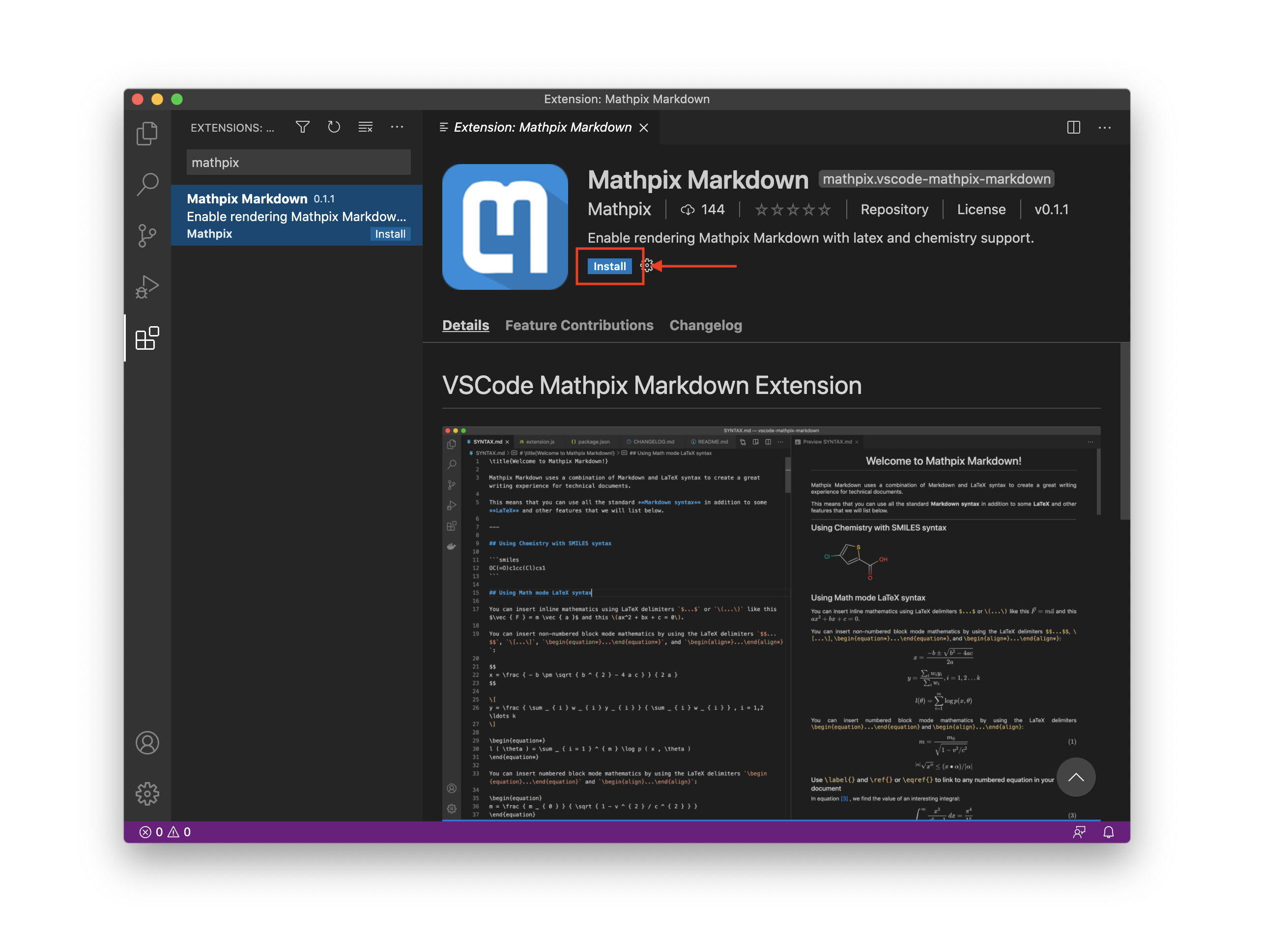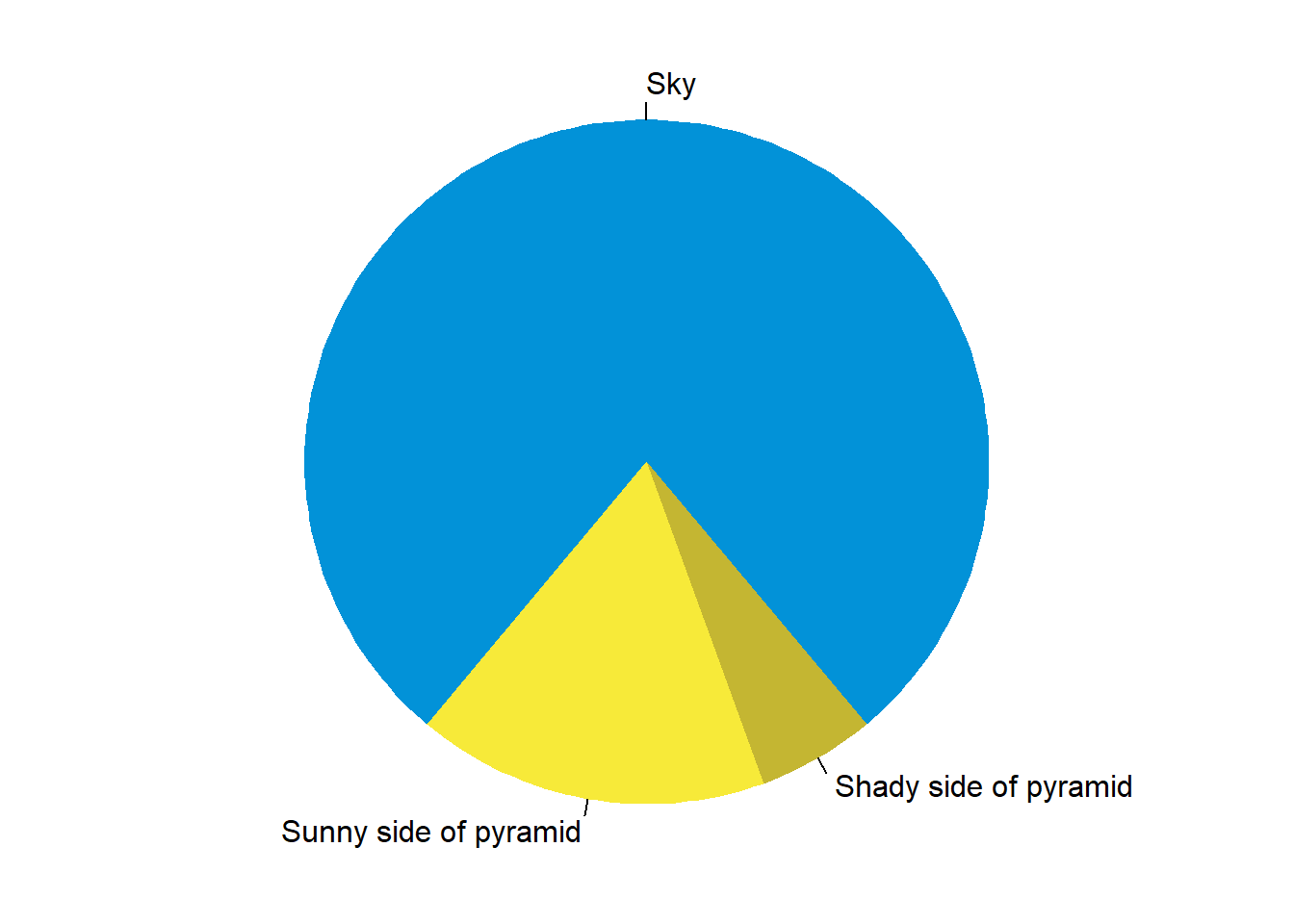
Macdown tutorial figure how to#
The plus side is that unlike 5 years ago with or gotomeeting I don't have to walk someone through how to click a link or download something on a mac - they've already installed. The only difference now is that I have to stare at my boomer DMs forehead as they dumbly try to figure out how to use a camera. People have been on the phones selling for decades. What are your views on virtual selling and how sales teams can leverage it to make more sales?
Macdown tutorial figure free#
There are some products for you to consider, including and TeamViewer, which both have free tiers. Using a tool that's designed for this is a good idea. Hi all, is it possible to set up a remote desktop connection to a remote computer for 2 computers in our house? : Share your screen with anyone over the web. Some Useful Websites that you should must use.Tell me you're in inside sales without telling me you're in inside sales. This holds the string inside the editor.Why don't you have him share his screen with you? You can use something simple like teams in office or so you can see his screen on your screen. Refer to the official documentation for more detail.Ī document instance in MacDown provides two additional (nonatomic, readwrite) NSString *markdown This means that you can get almost all information via the standard NSDocumentController API. MacDown uses the standard OS X document-based application structure. Therefore, it is strongly recommended you push long operations into background threads, and/or run them asynchronously. This method may be invoked in the UI thread. The return value indicates whether the plug-in is invoked successfully. the sender argument indicates the UI item that triggers the invocation-usually the NSMenuItem object the user clicked on, but could also be nil if the plug-in is triggered programmatically. This method will be invoked when your plug-in is run. MacDown will use the value returned by this method as the menu item’s title for your plug-in. You should set up the project meta data according to Apple’s documentation, specifically provide a Principle Class config that points to the appropriate class inside the project as your plug-in’s entry class.Ī plug-in should provide two methods inside the principle class: Plug-in ArchitectureĪ plug-in project can be created via Xcode’s OS X → Framework & Library → Bundle project template. Store things with NSUserDefaults or other persistence solutions. This may change in the future, but as a rule of thumb, you should always treat your plug-in as stateless. One caveat is that MacDown does not reuse plug-in instances between invocations a new instance is re-created each time a method is called on the plug-in. A plug-in is invoked when the user clicks on its corresponding menu item. MacDown searches ~/Library/Application Support/MacDown/PlugIns, and builds menu items for loadable bundles inside the directory. :p IntroductionĪ plug-in in MacDown is a regular Cocoa dynamic-loading bundle, with extension. This section serves as a simple walkthrough on how plug-ins work in MacDown until proper documentation is written. This work is licensed under a Creative Commons Attribution-ShareAlike 3.0 Unported License. Be careful not to upload anything sensitive. You will not be able to delete or modify the Gist. The implementation does not include authentication, and all gists are uploaded anonymously.

If the gist is created successfully, its URL will be copied automatically into yourĬlipboard, so that you can easily share, or open it inside a browser.Īlert!! This is for demo only. An alert dialog will appear to indicate whether the operation is successful. Open a document, and select menu item Plug-ins → Gist it! to upload.


Put ugin in ~/Library/Application Support/MacDown/PlugIns. This particular plug-in works only under OS X 10.9 or later, not 10.8. Note: Plug-ins are available in MacDown 0.6+ only. It provides a menu item “Gist it!” that uploads the current document (if available) as a public GitHub Gist. In this tutorial, I am giving examples of. First, by referencing the existing image file that exists in your GitHub repository, second, by uploading a new image file to your repository and reference it in the README.md file and the third is by referencing an external image file.

This repository illustrates a basic example of a plug-in for MacDown, the open source Markdown editor for OS X. In GitHub, you can add an image to a README.md file in three ways.


 0 kommentar(er)
0 kommentar(er)
